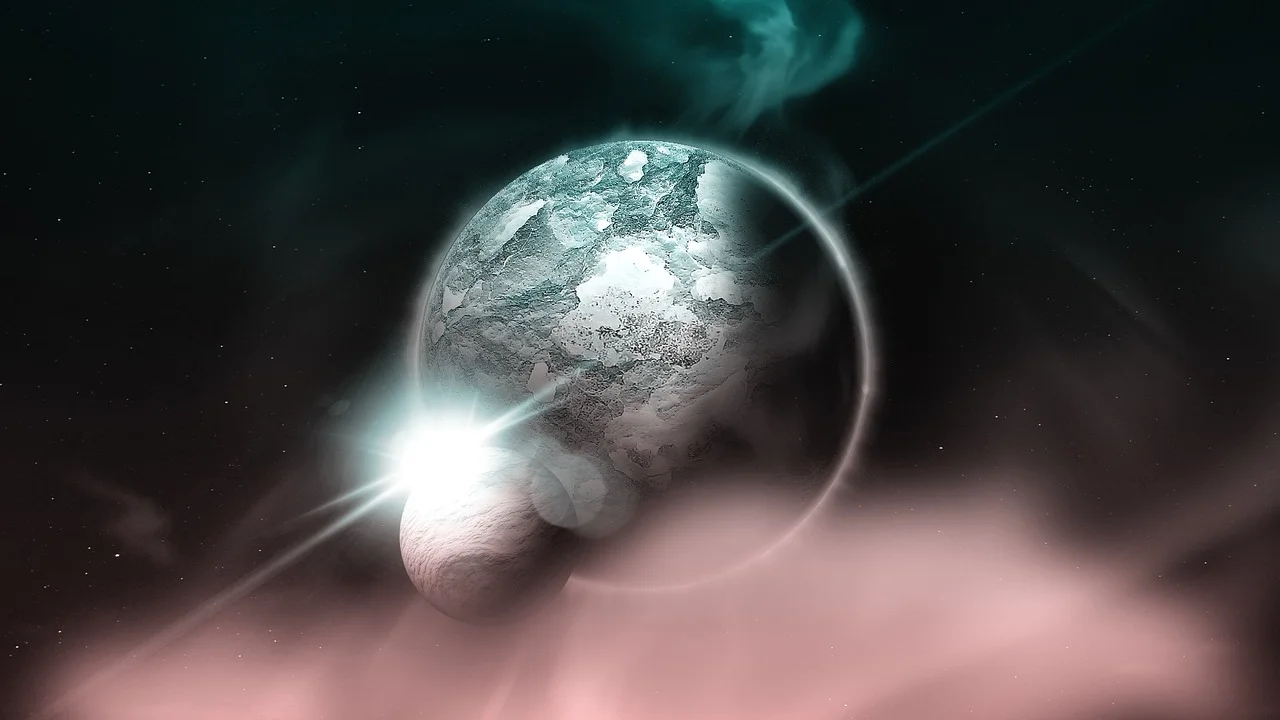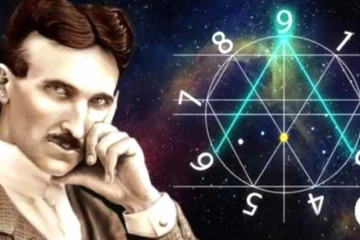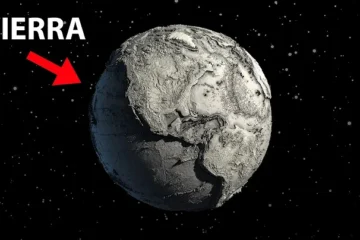What is a Dwarf Planet?

Welcome to an exciting journey through outer space, where we will explore the fascinating world of dwarf planets. Have you ever wondered what exactly dwarf planets are and how they differ from conventional planets? What is their history, and how many of them exist in our Solar System? In this article, we will delve into the science behind these intriguing celestial objects, unravel their unique characteristics, and answer some frequently asked questions to help you better understand these small worlds.
Dwarf Planet?
A dwarf planet is a term that emerged in the field of astronomy to describe a type of celestial object that shares characteristics of both planets and asteroids. The official definition of a dwarf planet was established by the International Astronomical Union (IAU) in 2006, and since then, it has been an important category in the classification of celestial bodies in our Solar System.
To be considered a dwarf planet, an object must meet three key criteria:
- Spherical Shape: The object must have enough mass for its gravity to allow it to acquire an almost spherical shape. Gravity is the force that holds a body together, and as its mass increases, its gravity also increases, molding it into a sphere due to the attraction towards its center.
- Orbits the Sun: Dwarf planets orbit the Sun, just like conventional planets. This feature is what distinguishes them from asteroids, which are generally found in the asteroid belt between Mars and Jupiter.
- Orbital Dominance: The third criterion states that a dwarf planet must not have cleared its orbit of other nearby objects significantly. This means that they can have close neighbors or share their region of space with other celestial bodies, such as moons or asteroids, without being the dominant objects in their orbital area.
Most Well-Known Dwarf Planets
As of the date of this article, several dwarf planets have been identified in our Solar System, and here we highlight some of the most well-known:
- Pluto
Pluto was the first object to be classified as a dwarf planet by the IAU in 2006. Previously, it was considered the ninth planet of the Solar System, but after the redefinition, it was reclassified due to its eccentric orbit and the presence of other similar objects in its orbital neighborhood. Pluto is an icy world with a thin atmosphere composed mainly of nitrogen, methane, and carbon monoxide. It is also known for its largest moon, Charon, which forms a binary system with it. - Eris
Eris is the largest and most massive object in the region of the Solar System known as the Kuiper Belt. It was discovered in 2005 and is approximately the same size as Pluto. Eris played a crucial role in redefining the definition of a planet, as its discovery questioned the traditional classification of Pluto as a planet and led the IAU to establish the category of dwarf planets. - Ceres
Ceres is the largest object in the Asteroid Belt, located between Mars and Jupiter. It was discovered in 1801 and is the smallest dwarf planet on our list. Unlike Pluto and Eris, which are icy bodies, Ceres is a rocky world and is believed to contain large amounts of water beneath its surface. In 2015, NASA’s Dawn spacecraft arrived at Ceres and provided us with detailed images of its surface. - Haumea
Haumea is another intriguing dwarf planet found in the Kuiper Belt. What makes Haumea unique is its ellipsoidal shape, suggesting that it rotates rapidly on its axis. This phenomenon has led scientists to believe that some past collision could have shaped its strange morphology.
Characteristics of Dwarf Planets

Now that we have identified some of the most prominent dwarf planets in our Solar System, let’s delve into their distinctive characteristics and how they compare to conventional planets.
Size and Mass
Dwarf planets vary in size and mass. Pluto, Eris, and Haumea are the largest in this group, with diameters close to 2,400 km, 2,300 km, and 1,500 km, respectively. Ceres, being the smallest, has a diameter of approximately 940 km. In comparison, conventional planets in the Solar System, such as Earth, have diameters that exceed 12,000 km.
The mass of dwarf planets is also much smaller than that of conventional planets. For example, Pluto’s mass is only about 0.002 times the mass of Earth. This difference in mass is one of the reasons why dwarf planets cannot «clear» their orbits, leading them to meet one of the criteria for their classification.
Surface and Atmosphere
The surface of dwarf planets can vary depending on their composition. Pluto and Eris are primarily icy objects, covered with methane, nitrogen, and water ice. Their surfaces are extremely cold, with temperatures dropping to hundreds of degrees Celsius below zero.
Ceres, on the other hand, is a rocky world and contains large amounts of water beneath its surface. It has also been found to have bright spots on its surface, which scientists believe could be deposits of salt or ice.
Most dwarf planets have thin atmospheres compared to conventional planets. Pluto has a very tenuous atmosphere that varies with its orbit, and Eris also has an extremely thin atmosphere composed mainly of nitrogen. Ceres, on the other hand, lacks a significant atmosphere.
Moons and Rings
Some dwarf planets have moon systems that accompany them in their orbit around the Sun. Pluto, for example, has five known moons, with Charon being the largest and most significant among them. Eris has a moon called Dysnomia, and Haumea has two small moons known as Hi’iaka and Namaka.
So far, no rings have been discovered around dwarf planets, unlike some conventional planets like Saturn, which are famous for their spectacular rings.
Frequently Asked Questions
How many dwarf planets are there in our Solar System?
As of now, five dwarf planets have been officially identified in our Solar System. The most well-known ones are Pluto, Eris, Ceres, and Haumea. However, with the advancement of technology and space exploration missions, more dwarf planets may be discovered in the future.
Why was Pluto reclassified as a dwarf planet?
Pluto was reclassified as a dwarf planet in 2006 due to its eccentric orbit and the presence of other similar objects in its orbital neighborhood. This led the International Astronomical Union (IAU) to review the definition of a planet and establish more precise criteria for its classification. Although Pluto lost its status as a planet, it remains a fascinating and valuable celestial object for scientific research.
What is the difference between a dwarf planet and a conventional planet?
The main difference between a dwarf planet and a conventional planet lies in the fulfillment of the IAU criteria. Dwarf planets have not «cleared» their orbits significantly and, therefore, share their orbital neighborhood with other celestial bodies, such as moons or asteroids. Additionally, dwarf planets are generally much smaller and less massive than conventional planets, which affects their characteristics and properties.
Conclusion
In conclusion, dwarf planets are mysterious and fascinating celestial objects that have intrigued astronomers and space enthusiasts for decades. Through the observation and exploration of these small worlds, we have learned much about the diversity and complexity of our Solar System. Pluto, Eris, Ceres, Haumea, and other dwarf planets offer us a unique insight into the processes that have shaped our corner of the universe.
As we continue to investigate outer space and develop new technologies, we may discover more dwarf planets and learn even more about their origin and evolution. These small giants remain an exciting field of study and promise to reveal cosmic secrets in the years to come.
So, the next time you gaze at the night sky, remember that there is much more than meets the eye. Dwarf planets remind us that the universe is full of wonders waiting to be discovered.



0 comentarios